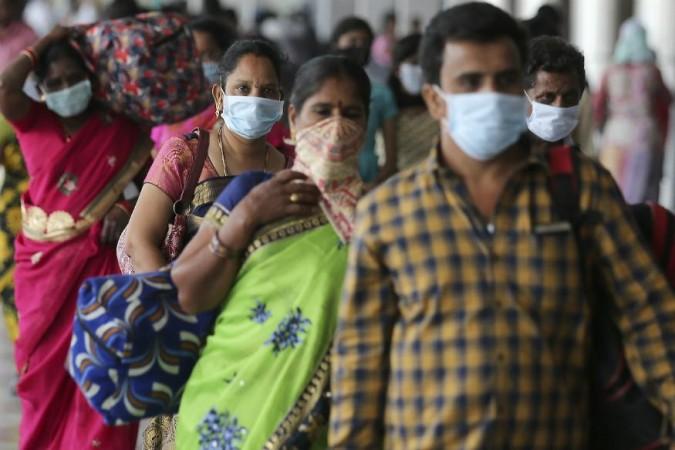The Karnataka Government on Friday, 17 April, issued a revised notification regarding the details on the definition of containment zone, buffer zone, cluster and their management.
It also lays down the strategy for the effective management of these zones by listing out the roles and responsibilities of various departments in controlling the further spread of the novel coronavirus.

The new guidelines issued by Chief Secretary T M Vijay Bhaskar mentions that the existing definitions need modifications for easier implementation of the lockdown measures and Covid-19 control strategies in the state.
Containment Zone
As per the revised guidelines, the area around the house of a Covid-19 patient can be declared as 'Containment Zone' and stringent measures will be put in such places to contain the spread of the contagion.
The area will remain as a containment zone till no new Covid-19 case is reported within 28 days of the last positive case of that area. In other case, the area should have less than 10 primary and secondary contacts remaining under active home quarantine.
The Bruhat Bengaluru Mahanagara Palike (BBMP) Commissioner/Deputy Commissioner of the district will delineate the 'area' by identifying the features for clear geographical segregations, says the notification.
Buffer zone classification
While the buffer zone identifies those areas within a radius of 5km for urban and 7km for rural areas around the containment zone. These areas require active surveillance and social distancing measures.

A cluster, on the other hand is defined as an aggregation of Covid-19 positive cases that are grouped together, epidemiologically linked.
In the Standard Operating Procedure in BBMP and urban areas, the notification lists the need of an Incident Commander, who will be an Executive Magistrate or a Class I officer appointed by the BBMP Commissioner.
All the decisions regarding the containment zone will thereafter be the responsibility of the Incident Commander.
Requirements in a containment zone
A command centre will be set up outside the containment area with special squads to cater to the requirement of the people especially in providing emergency medical care to pregnant women and cardiac patients.
According to the directives in the notification, the police will seal the entire area geographically on a permanent basis by setting up a barrier and check posts.
"There would be only one entry and exit for each Containment Zone." In addition to this, no private vehicle entry is permitted in the zone.
Each containment zone will have a health outpost with a doctor and sufficient field staff to provide health screening twice a day, part from the intensive IEC campaign.

High risk contacts will be immediately shifted to institutional quarantine. Institutional quarantine for slum areas is also provided as it is difficult to maintain social distancing and isolation in those areas.
The municipal authorities meanwhile are asked to be responsible for the management of daily solid wastes, including biomedical wastes in the containment zone. The authorities are also required to keep in check the adequate availability of essential supplies, including food and water.










